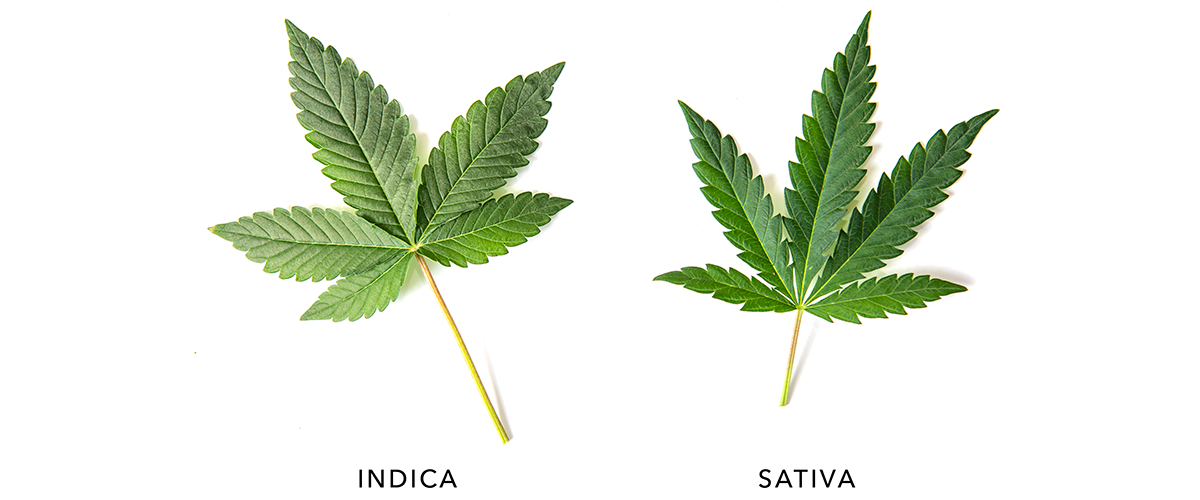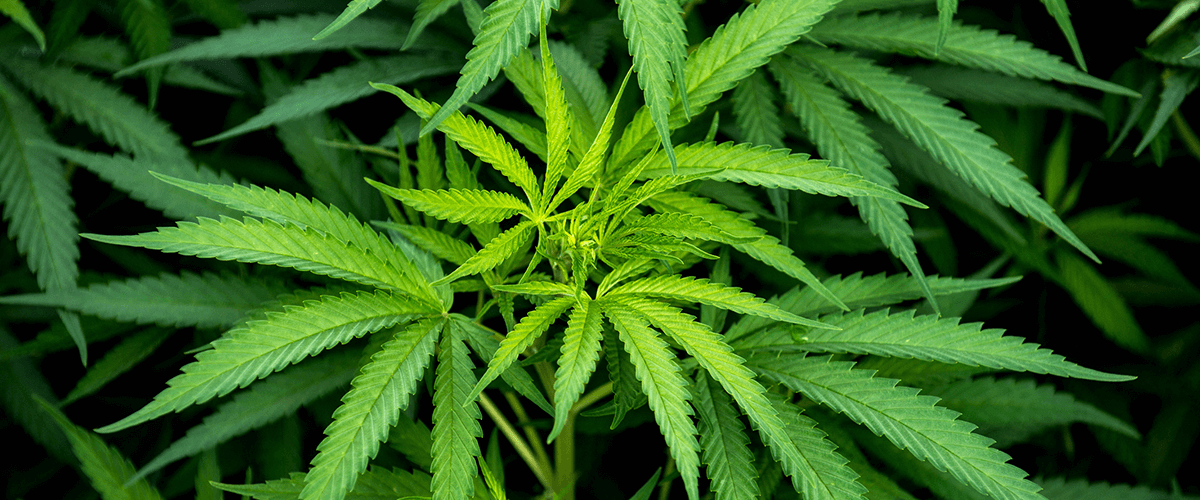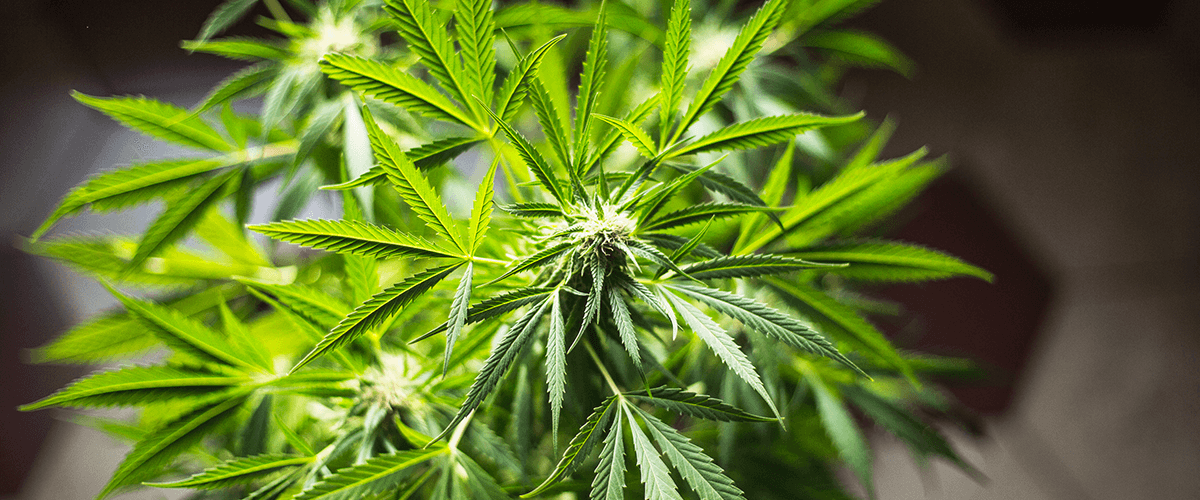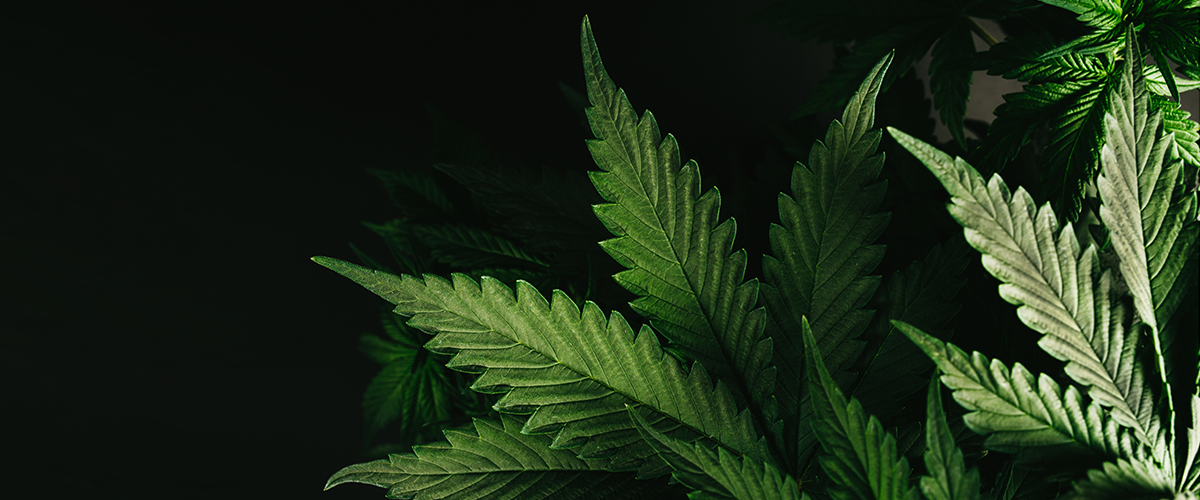
Trying to choose the best suitable option for you when shopping around for cannabis strains can be daunting initially. Cannabis plants come in so many types and combinations, that it makes it almost impossible to pick the best one for your needs. In this article, you will find useful information about the main types of cannabis: Indica and Sativa. Keep reading to find out the main characteristics of the two different strains, how are they different and how to choose.
To begin with, let’s look at the etymology of the above division of strains. According to the Oxford English Dictionary, the term cannabis is an adaptation of an ancient Greek word kánnabis, used to name the genus of the plant that includes all hemp and drug varieties.
Scientifically, the botanical term cannabis was proposed in the 18th century and was established in Carl Linnaeus’ study “Species Plantarum” in 1753 fully named as Cannabis sativa, and initially referring to the industrial, non-intoxicating varieties harvested primarily for fiber, seeds, and CBD.
Today, these varieties, are commonly referred to as hemp, whereas the term “Sativa” has got a different meaning -partly the cause for the misunderstandings- referring to a more specific variety of cannabis plant, based on the areas it flourishes and its characteristics and effects.
Sativa is a Latin botanical term translated as “cultivated.” It is now used to describe plants originated from equatorial regions like Thailand, Southern India, Jamaica, Mexico, areas with a mainly tropical climate, but also in the combined landmass of Asia and Europe, territories where it was originally cultivated only for its fiber, seeds, and CBD, as stated above
Indica is Greek for “of India,” thus stating the geographical origin of the plant. The term was firstly introduced by the French naturalist Jean-Baptiste Lamarck in 1785 to name the psychoactive hemp varieties discovered in India, where it was harvested for its seeds, fiber, and hashish production, in contrast with the “Sativa hemp” back then, as the latter was not considered to be a psychoactive drug. Cannabis indica is very common in Central Asia generally and especially in countries surrounding India like Pakistan, Tibet, and Nepal. In case you come across ‘Kush’ in the name of a weed or seed, you will very likely have an Indica plant on your hands.

Nowadays, both types of cannabis are cultivated commercially all around the world and they are broadly consumed for their psychoactive properties. That’s why almost all of the seeds you find on the market today are hybrids, each combining specific Indica and Sativa features. This is not necessarily bad, as the crossbreeding has created some legendary strains, however, it does make the distinction between Sativa and Indica somewhat dated.
According to their genetic heritage, plants can be classified as Indica or Sativa-dominant. This profile is indicated by a percentage that you will often see in seed descriptions. The possibilities for breeding are endless, creating many opportunities for exciting strains that combine effects and have more powerful medicinal applications. In fact, landrace 100% Sativa/ or Indica strains (plants grown naturally in their native environment) and heirloom strains (plants grown naturally outside of their native environment) are incredibly rare.
At a glance, you can tell the difference by the shape and of the plants’ leaves. Sativa plants are renowned for their tall stature as they can reach up to 3 meters and their long, narrow leaves in a light green hue. The Sativa buds are airy and tall. Due to their appearance, sativas are also referred to as NLD (narrow-leaf drug), a morphological feature that helps a lot in the harvesting process.
Indica plant is short in stature and bushy, and it has broad, close-knit leaves in a dark green hue. Due to the shape of Indica leaves, you may come across the description BLD (broad-leaf drug) for Indica varieties. The compact leaf forms dense, bulb-like buds and after reaching a point of 2 meters maximum, the plant gains volume and becomes a shrub, a feature that makes the harvest of an Indica a more time-consuming and challenging procedure, compared to Sativa cannabis.
The distinction of the Sativa and Indica strains considering their impact on the human brain and body is based on the amount of THC and CBD included. CBD, found in higher amounts in Indica cannabis is known to have tranquilizing effects, while THC, higher in Sativa varieties has stimulating effects. Although this distinction nowadays applies only to very specific strains, there is still some value to it when deciding what strain to grow next.

Sativa strains and Sativa-dominant strains affect mainly the brain, creating a sense of euphoria and sociability. That's why Sativa strains are often suggested for daytime activities as she stimulates the mind, thus encouraging uplifting and sociable behavior, boosting creativity, and provoking the so-called ‘social high.’ Depending on the concentration of THC, Sativa varieties often cause psychedelic and hallucinogenic effects. In some cases, when consumed in high density, or combined with alcohol, Sativa can cause adverse side effects such as dizziness or blurry vision.
Although the medicinal applications of cannabis are often associated with CBD-rich strains, there are also some tentative researches on the use of THC. Sativa-dominant strains tend to have more cerebral effects and are therefore more potent in treating issues such as appetite loss, migraines, and chronic pain.
The psychoactive effect of most Sativa strains can result in a stimulating and enriching experience. However, as with all psychoactive substances, caution is advised if you suffer from any mental conditions. In large concentrations, THC can spur negative reactions in the brain and further aggravate your symptoms.

On the other hand, Indica weed has a high level of CBD, which makes her suitable for medical purposes, such as anxiety or chronic conditions. Indica affects the body explicitly, causing a sedating effect thus reducing also stress, for mental relaxation as well. Indica cannabis is suggested for nighttime activities, which are more likely to get you to sleep. Consuming Indica weed in large dosage extends the numbing effect and gets you in the “stoned” mode.
Indica strains naturally tend to induce a more bodily-relaxed effect. These strains have long been associated with high CBD levels, but nowadays, this is not necessarily the case. There are many Indica dominant hybrids that have whopping amounts of THC, so if you are searching for a natural sedative, focus more on CBD content. The reputation of this cannabinoid has skyrocketed, mainly due to the legalization of hemp and recent research that proves it has a beneficial effect on specific medical conditions. The most notable of them include insomnia, inflammation, seizures, and spasms.
Although we’ve mentioned it a few times in this article, it is important to analyze why using terms like “Sativa” and “Indica” are not entirely accurate nowadays. Cannabis researchers conclude that there is no sufficient evidence to suggest that there is a verifiable chemical pattern to suggest that indicas are definitely sedative and sativas purely cerebral. They do, however, exhibit different growth patterns, so the discussion is more relevant to growers rather than the consumers.
Kymron DeCesare, Chief Research Officer at Steep Hill Labs explained that “words like Sativa and Indica are no longer reliable indicators of drug content. Laboratory testing, to determine which drugs are present, and in what ratios [and] concentrations, is the only valid way to determine medical efficacy.”
DeCesare further pointed out that the distinction of sativas and indicas is mostly useful for plants in their natural state. Back in the day, there were no more than 60 naturally-occurring strains all over the world. After years of breeding and strain engineering, the number has grown more than 100-fold, making it impossible to predict the effects of a strain just by looking at its type.
There is no doubt that the classification between Indica and Sativa is a convenient way for newbies to understand the complicated world of cannabis genetics. Unfortunately, the reality is that without lab testing, there is no way of knowing what the effects of a strain will be. Below we will analyze the three most important factors to keep in mind when choosing a strain to grow or consume.
Cannabis comprises over a hundred chemical compounds, primarily terpenes and cannabinoids led, that together form a unique ‘recipe’ of effects. The beloved recreational and therapeutic properties stem from the two best-known cannabinoids, THC and CBD:
While cannabinoid content is vital when choosing the right strain, the list of compounds is endless and the process can prove to be quite complicated, especially if you are a newbie. Here are three general buckets you can follow instead:
Lastly, bear in mind that both Sativa and Indica strains can exhibit the above-mentioned cannabinoid profiles, there is no clear cut between the two.
Terpenes are responsible for the smell of cannabis, including odors such as citrus, berries, fuel, pine, etc. These aromatic compounds, produced also by lavender flowers, hops and a number of fruits, are secreted by the very same glands oozing CBD and THC.
What is more, there are various types of cannabis terpenes, based on which one can either be sedated or stimulated. Linalool, for example, is used for relaxation, whereas, Pinene has more alerting effects. It is the relative ratio among the diverse types of terpenes in combination with that of cannabinoids that will define the final effects of the plant. Finally, although, Sativa/Indica morphology cannot be used as an indicator for terpene effects; some strains do have a certain consistency regarding this aspect.
When choosing the right strain, it’s not only about the plant’s properties, there are various other factors that need to be taken into account such as the following:

Before concluding for a certain strain, educate yourself on the diverse effects and benefits of terpenes and cannabinoids. Depending on your expectations, and with some in-depth research, not the usual oversimplified distinction of Indica/Sativa, you will get to the right strain for you.
Although it is widely believed that sativas and indicas deliver different effects, you don't need to find yourself in two very different situations when trying each one of them. This is because there are a plethora of seeds on the market that have varied comprehensiveness in THC and CBD so that you can find more balanced varieties or dominant ones.
Choosing cannabis seeds or weed by strain name is the most reliable way of gaining the desirable experience on any occasion. Experiment with many varieties, Sativa or Indica dominant, to explore your reaction to the THC and CBD effects, so you can fully enjoy the various cannabis effects you wish in all cases.